On the golf course, precise ranging is the key to improving performance. However, when faced with a wide variety of rangefinders on the market, many players hesitate: Does choosing an affordable model mean sacrificing performance? Are those devices priced under 100 yuan practical tools that can boost performance or are they just "paying for chicken ribs" like a tax on intelligence? This article, based on actual measurement data and user feedback, takes you on an in-depth analysis of the real performance of low-cost golf rangefinders and resolves the dilemma of the "price and performance" game.
Core Controversy: Can Low Prices Balance Key Performance?
Distance measurement accuracy: How much error is considered "sufficient"?
For amateur players, ranging error is the most direct concern. The measured data shows that the average error of the models priced between 50 and 100 US dollars is approximately ±1.2 yards. In extreme environments such as strong light and rainy days, the error may expand to ±2.5 yards. For high-end models priced over $200, the error is usually controlled within ±0.3 yards (±0.8 yards in extreme scenarios).
- Actual impact analysis:
If you are a casual player aiming to "break 100", an error of ±1.5 yards basically does not affect your club selection strategy (for example, for a 150-yard shot, an error of 1 yard is only equivalent to a 1° change in the club face Angle).
However, for contestants who frequently participate in competitions, high-precision models can reduce judgment deviations at critical moments.
- Stability and Durability: Are Budget Phones Really "fragile"?
In real user feedback, "distance measurement drift" and "button malfunction" are common jokes made about low-cost models. The key issues focus on:
Anti-shake performance: The higher the magnification (such as more than 8 times), the greater the impact of handheld shake on the ranging accuracy. Models with a magnification of less than 6 times (such as the Gogogo Sport Vpro series) are more likely to maintain stability.
Waterproof rating: Devices with a rating lower than IPX4 (such as some models priced under $60) are prone to water mist in rainy days, and IPX4 (splash-proof) is a basic requirement for outdoor scenarios.
Functional Trade-Offs: Which Configurations Can Be "Saved"?
Compromising features: Avoid paying for technologies that are "not needed"
- Slope Adjustment:
Although this function can optimize distance calculation, it violates the USGA competition rules and will increase the cost by more than 50%. Amateur players can completely manually calculate the slope impact through free mobile apps (such as Golfshot).
- Advanced Mode (Ballistic Tracking/Multi-Target Locking) :
Actual tests show that less than 10% of amateur players will use these professional functions. In most cases, it is more of a gimmick than practical.
The uncompromising bottom line: These three items determine the lower limit of the experience
- Ranging speed: High-quality and low-cost models should complete the ranging within 1 second (such as Gogogo Sport Vpro GS24) to avoid missing the hitting rhythm due to waiting.
- Operation simplicity: The core requirement is the single-key direct distance measurement function. The complex key design on the court will only increase the panicBattery life: It is a basic standard for a single battery to support at least 200 ranging operations (refer to the battery life performance of TecTecTec ULT-X).

Practical Scenario Test: The "Survival Challenge" Of Budget Phones
Scene 1: Can't find the flagpole in strong light?
In direct sunlight or highly reflective environments, low-cost models often "lose" targets due to insufficient sensor sensitivity. Solution: Select models with the "First Target Priority" mode, such as the Gogogo Sport Vpro GS91, and prioritize the recognition of flagpole reflections through algorithms to improve the recognition rate in strong light.
Scene 2: Emergency ball rescue in rainy weather, equipment malfunctioning?
In a user's actual test, an $80 non-waterproof model was scrapped after fogging up inside in light rain. It is recommended to give priority to choosing products with rubber shells and IPX4 waterproof rating (such as Gogogo Sport Vpro GS19W), which can not only cope with sudden weather conditions but also cushion the impact of unexpected drops.
Low-cost optimization techniques: Enabling low-cost phones to "perform at an outstanding level"
Regular manual calibration
Calibrate the equipment with marking posts of known distances on the court (such as 100-yard posts), 1-2 times a month, which can control the error within ±1 yard.
Self-made stable bracket
Spending 10 dollars on a mobile phone tripod and using a universal fixture to fix the rangefinder is especially suitable for players with poor hand stability.
Avoid interference sources
When measuring distances, stay away from electronic devices such as metal ball cases and mobile phones to reduce reading fluctuations caused by signal interference.

High Cost Performance Recommendation: A Practical Choice From Gogogosport
GS19W 69.99 (Promotion) 900 yards ranging/IPX4 waterproof/USB charging, stable recognition in strong light for daily practice/short trips
GS24 79.99 (Promotion) 1200 yards ranging/slope switch/Vibration lock, cost-effective all-round model for complex terrain/amateur competitions
GS03/GS07 99.99 650/900 yards dual versions/Lightweight design, the preferred practice range for beginners/quick green judgment
GS26 99.99 (Promotion) Ultra-clear optical lenses / 99% light transmittance, upgraded visual experience for playing in dusk or low-light environments
Pitfall avoidance tip: Give priority to choosing models with the "Flag-Lock" flagpole locking function (such as GS24) to avoid misdetection due to background interference.
Final Decision: Are You Suitable For a Cheap Rangefinder?
Make a quick judgment through three questions:
1. Annual playing frequency: less than 20 rounds per year → Low-cost models are sufficient to meet leisure needs;
2. Competition Requirements: Only participate in friendly matches → No need to pay for professional functions;
3. Expected lifespan of the equipment: It can be accepted to be replaced every 2-3 years → Low-cost models offer better cost performance.
If most of the above answers are "yes", the models under 100 yuan can definitely be your good assistants on the sports field. If long-term stable performance or professional-level accuracy is pursued, mid-range products above $150 (such as Gogogo Sport Vpro GS33C) can be considered.
Conclusion
"Cheap" does not equal "poor quality". The key lies in clarifying your own needs and avoiding paying for redundant functions. Choose a model with basic accuracy, convenient operation and durability (such as the Gogogo Sport series recommended in this article), which can not only control the budget but also play practical value on the court. Remember: The core progress in golf comes from practice, and the rangefinder is just an auxiliary tool - only by making a reasonable choice can every investment be transformed into confidence in the swing.

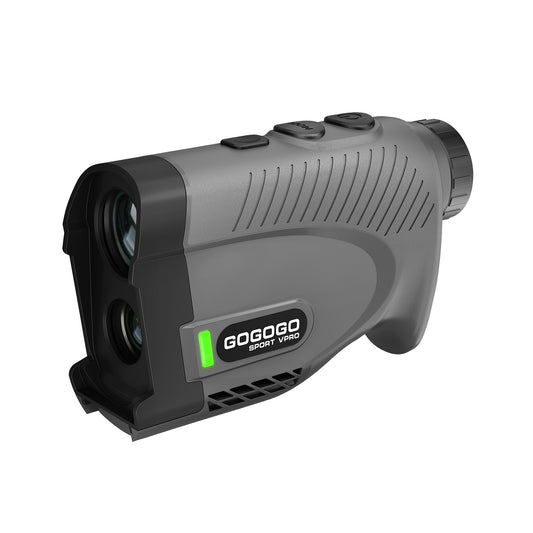
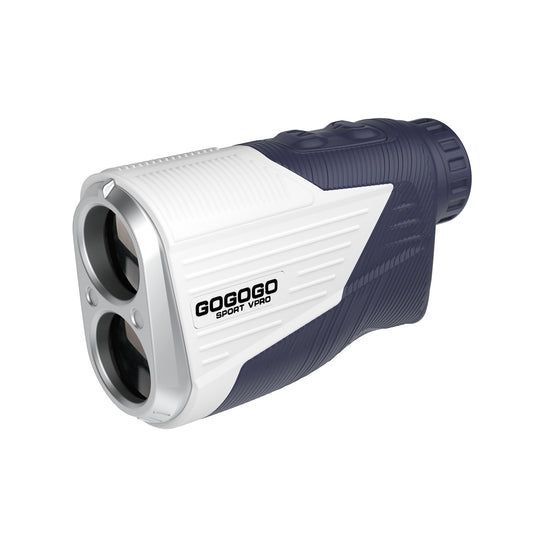
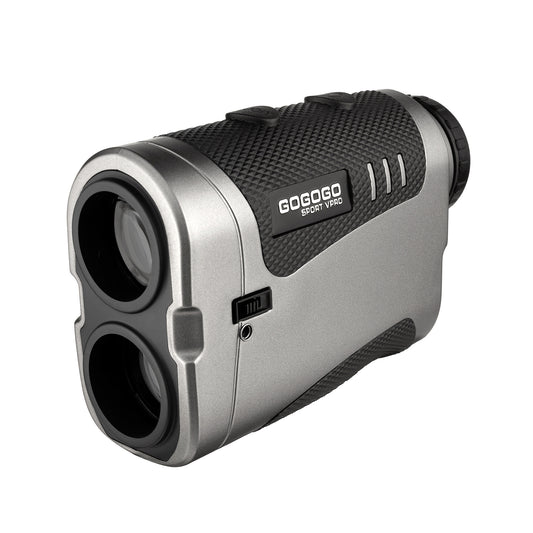
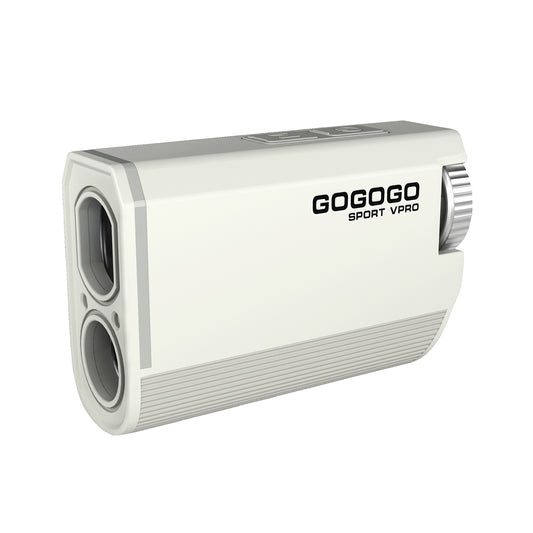
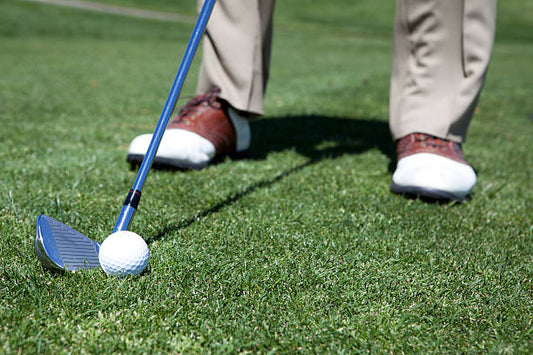
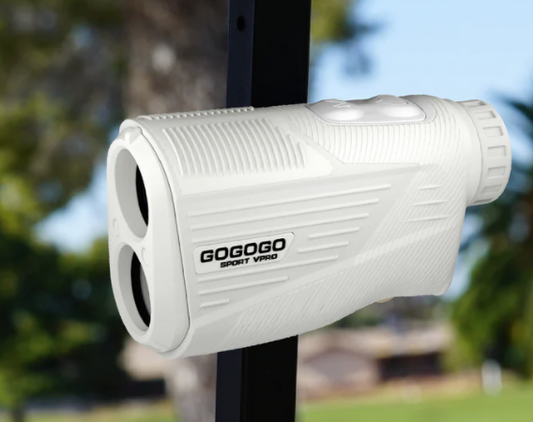
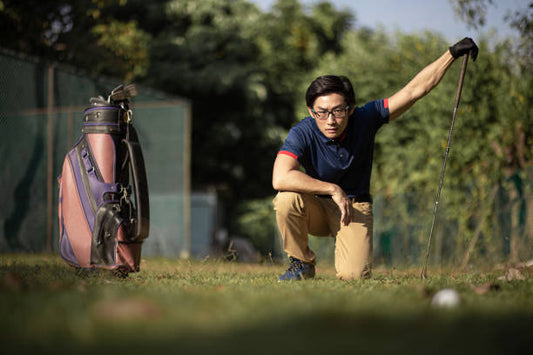
![[2025] The Ultimate Guide to Pinseeker Rangefinders for Golfers](http://gogogosport.com/cdn/shop/articles/gogogo_sport_vpro_pinseeker_rangefinder.png?v=1757993796&width=533)